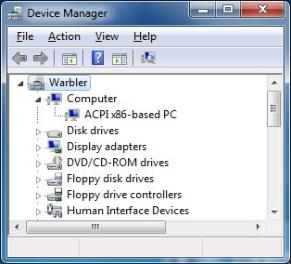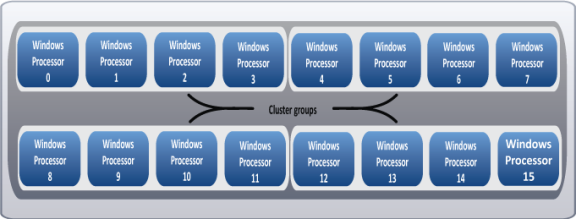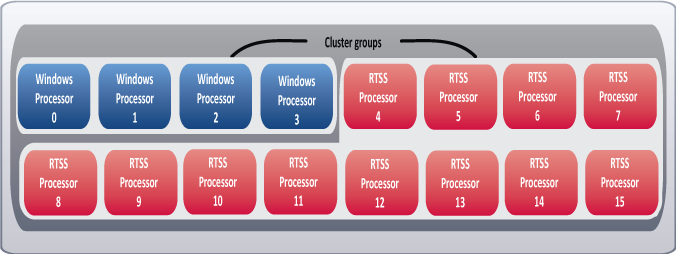
|
|
RTX includes a real-time enabled Hardware Abstraction Layer (HAL) extension. This extension maintains interrupt isolation between RTSS and Windows. Windows cannot mask (at the interrupt controller level) interrupts managed by RTSS. Windows interrupts are masked during RTSS processing. The real-time HAL extension supports high-resolution clocks and timers for RTSS, while it also supports non real-time clocks and timers for Windows. Other real-time HAL extension features include a software interrupt mechanism between RTSS and Windows, basic exception management, and various enhancements for determinism.
RTX provides support for the following standard Microsoft HALs:
|
Windows Device Manager |
Registry Resource Map |
|---|---|
|
ACPI Uniprocessor PC |
ACPI 1.0 - APIC Platform UP |
|
ACPI Multiprocessor PC |
ACPI 1.0 - APIC Platform MP |
|
ACPI x86-based PC |
ACPI x86 Platform |
RTX does not provide support for the following standard Microsoft HAL:
To determine the type of HAL installed on a particular system, open the Windows Device Manager for the system and expand the “Computer” icon to display the HAL type. For example, in the figure below, the system has an “APIC x86-based PC” HAL installed.

RTX supports both uniprocessor and multiprocessor-based systems running Windows. The RTX subsystem exploits the features of MPS-compliant multiprocessor systems. This provides improved performance by allowing multiple threads to execute concurrently.

Multiprocessor systems that provide support for more than eight processors and those that implement processor clustering still use 8-bits to distinguish processors. However, the bits are used to assign each processor to a cluster group. This allows for a maximum of 32 processors.

Although most systems with eight or fewer processors do not use cluster groups, some servers (such as those based on the Intel® Xeon® e5506 series processor) automatically force processor clustering.

When RTX extends Windows on a system with cluster groups of processors, up to 32 processors are supported. A maximum of 4 of those processors can be dedicated to Windows and a maximum of 31 processors can be dedicated to RTX.
